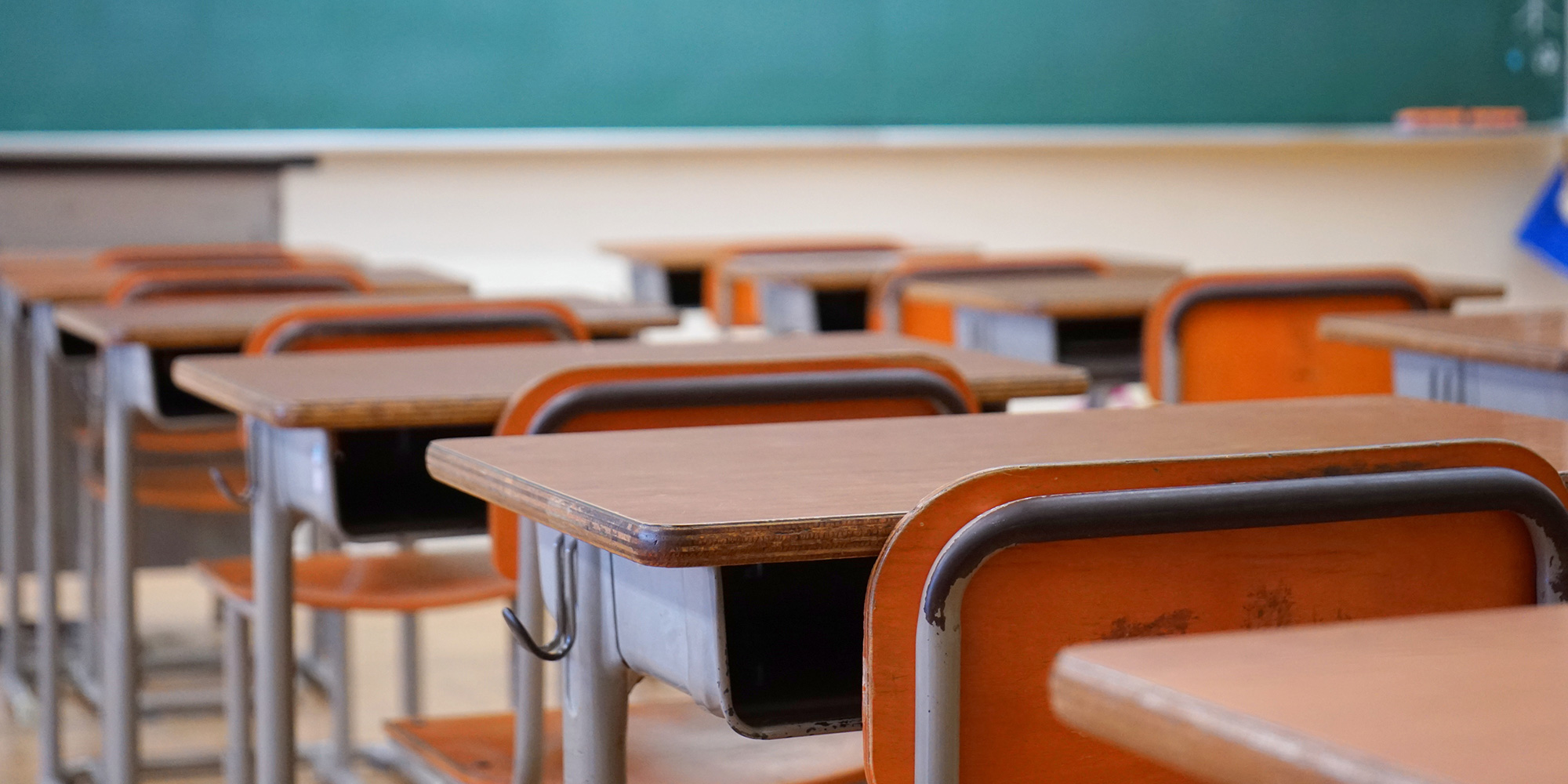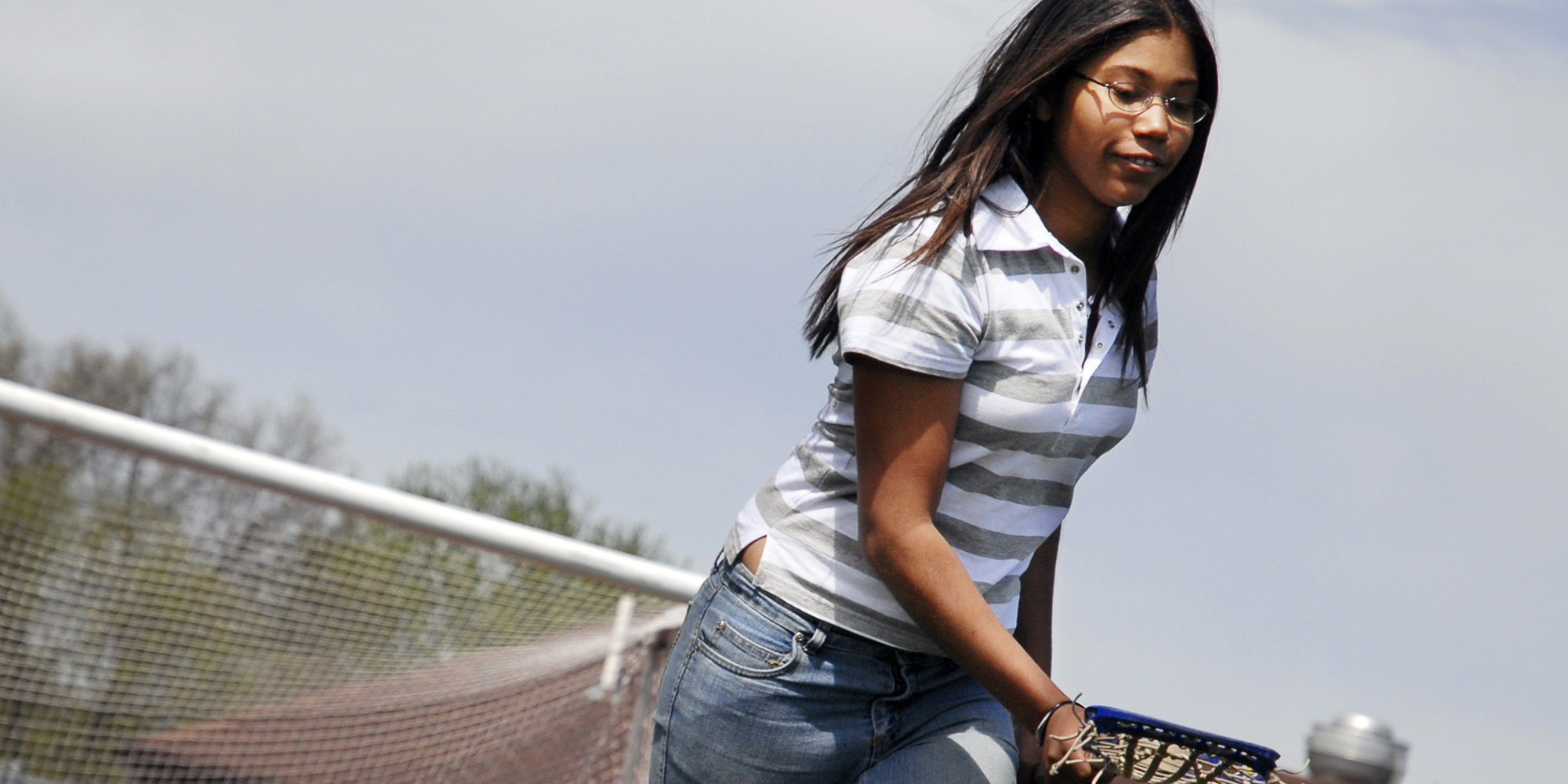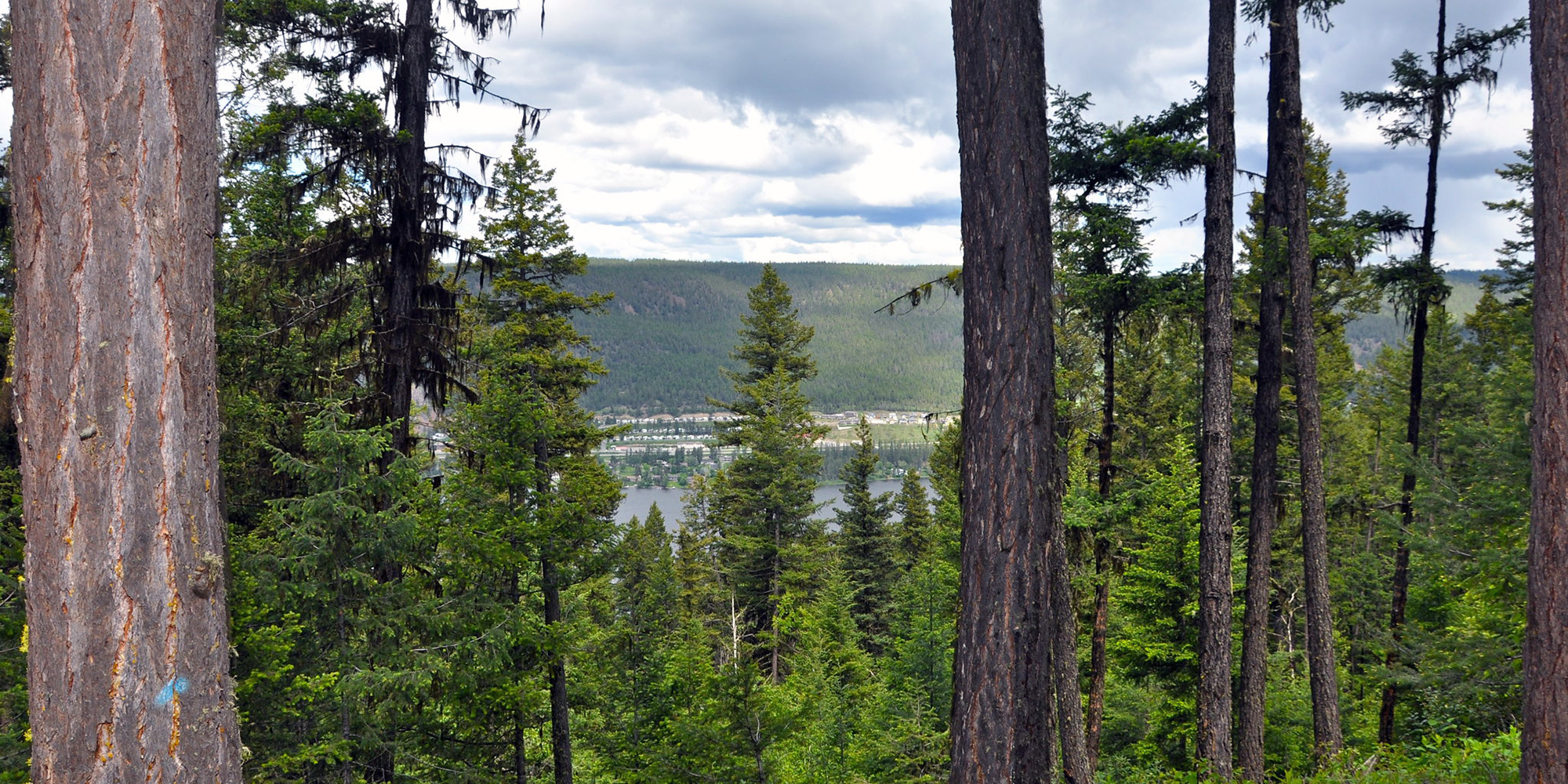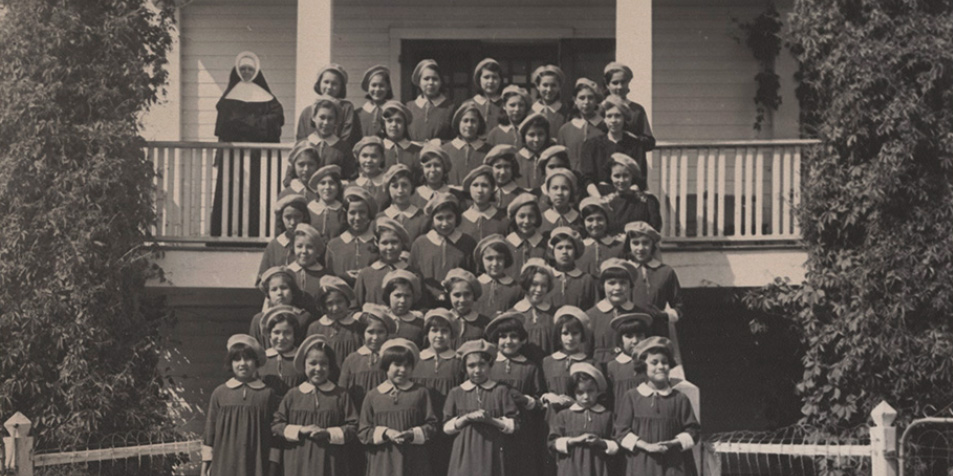15 Strategies for Teachers of Indigenous Students
The pedagogical challenge of Canadian education is not just reducing the distance between Eurocentric thinking and Aboriginal ways of knowing, but...

Fern Perkins coordinates the Métis Education Enhancement Program for the Métis Nation of Greater Victoria and has taught Indigenous Education at UVic. She and her Métis husband, Mark, teach Métis history and culture to grade 4 – 12 students as Aboriginal resource people in School Districts 61 (Victoria, BC) and 62 (Sooke, BC). As such, they have an up close and personal perspective on the delivery of Aboriginal curriculum in the Victoria and Sooke school districts.
When I was ten I attended Frank Hobbs Elementary School in Cadboro Bay near Victoria. I knew I had First Nations heritage, but didn’t know I was Métis – I actually didn’t discover my lineage until I was in my 60s. My mother told me to say I was Spanish if anyone ever asked. She said otherwise I would be taken away and put in school on Kuper Island and that if she hid me, she would be sent to jail. My ten-year-old brain couldn’t understand a world that evil. Today, when Mark and I are sharing our Métis history students proudly identify themselves as Aboriginal.
BC Curriculum is written by teachers with special training, interest and experience in the subject area. Each district has an Aboriginal Education principal with staff who coordinate resources at the district level. Aboriginal teachers and/or EAs in classes are consultants for other teachers. Many schools have all nations or Aboriginal resource rooms.
The Indigenous Education course at UVic is now mandatory for teachers, so they have a knowledge base for developing curriculum in the classroom. They learn about respect, protocols, gifting Elders, residential schools, the Sixties Scoop, white privilege, acknowledging the land, land-based education, and how to become an ally.
An ally is a non-Aboriginal person who is working to fulfill their responsibilities in terms of reconciliation. So, how does an ally do this? I recommend they keep it simple – such as:
1. Prepare them that we are all learning as a nation and finding it difficult.
2. They will go through stages of denial, anger, grief, destabilization of nationality, and feelings of shame and guilt, which we try to help by telling them “you are not responsible, you did not know, it was not your fault.”
3. Provide the opportunity for debriefing, sharing, conversation, and acknowledgement of emotions in a sharing circle.
Fern Perkins can be reached at fperkins@uvic.ca
Another resource for teachers that came to our attention after our conversation with Fern is the BCTF Project of the Heart eBook - Illuminating the hidden history of Indian Residential Schools in BC
This article was originally posted on August 20, 2015.
Featured photo: Shutterstock

The pedagogical challenge of Canadian education is not just reducing the distance between Eurocentric thinking and Aboriginal ways of knowing, but...

1 min read
DeDe DeRose is Secwepempc and a member of the Esketemc First Nation near Williams Lake. She graduated from the Native Indian Teacher’s Education Bed...

To honour and support the Closing Events of the Truth and Reconciliation Commission of Canada (TRC), May 31 - June 3, 2015, in Ottawa, we have...